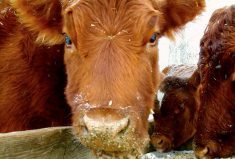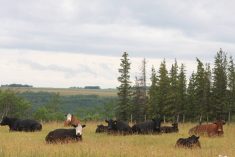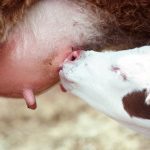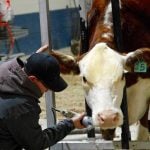Western Canadian feeder cattle prices traded $3-$5 above week-ago levels with lighter weight categories selling $6 to $8 higher. Alberta packers were buying fed cattle in the range of $286 to $288 on a dressed basis, up from $278 last week. This equates to $172-$174 on a live basis, a solid $35 above break-even pen closeout values. The risk-averse sentiment was switched off and aggressive “just get ’em” orders flowed across the Prairies.
Major feedlot operators led the charge higher on all weight categories. The farmer/cattle producer shopping for grassers had to run the gauntlet as the market was slipping from their grasp. Order buyers were looking to book backgrounded cattle direct off-farm, but these numbers are dwindling. Southern Alberta lost the premium this week and major feeders taking the focus off local supplies. The steer-heifer spread continues to narrow. In central Alberta, larger-frame lower-flesh steers weighing just over 800 lbs. traded up to $175 while similar-quality heifers were just a $5 discount.
Read Also
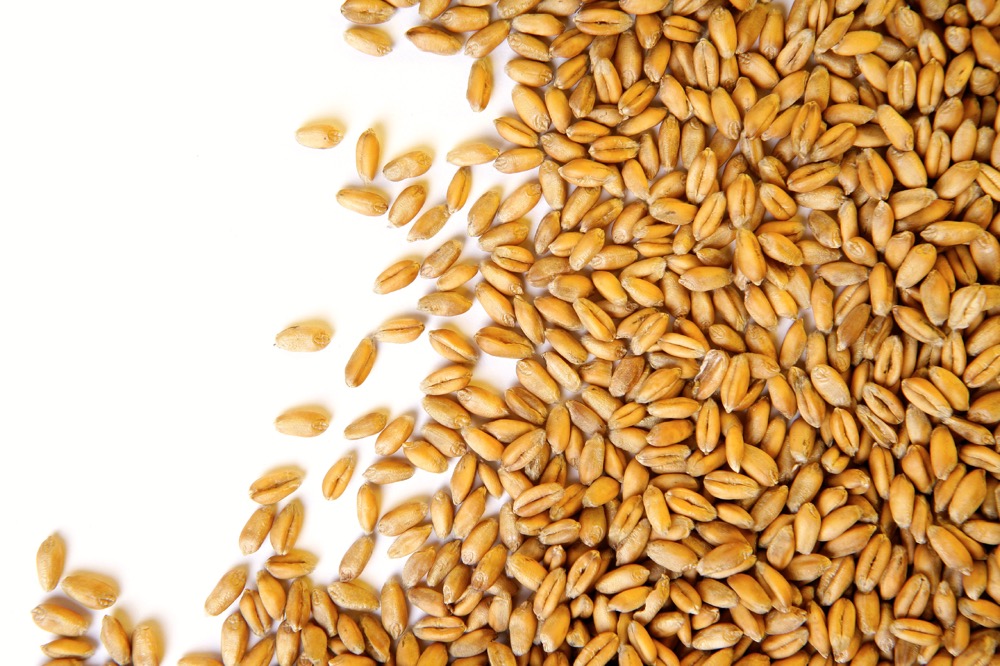
IGC raises 2025/26 world wheat crop forecast
The International Grains Council has raised its forecast for 2025/26 global wheat production with crop outlooks upgraded for Russia, the United States and Argentina.
Larger-frame Charolais-cross steers averaging 525 lbs. were quoted at $228 in southern Saskatchewan, while in central Alberta, similar cattle were moving as high as $232. Medium- to larger-frame Simmental-cross 725-lb. steers were quoted at $186 landed in southern Alberta feedlot. In central Alberta, larger-frame, medium- to lower-flesh Angus-cross steers weighing just over 800 lbs. traded for $172. Mixed steers with medium frames and medium flesh averaging 900 lbs. were quoted at $163-$165 in the same region.
Wholesale beef prices were once again stronger this week and the Brazilian beef scandal appeared to underpin the cash and futures trade. Demand is coming in stronger than anticipated and feedlots are fairly current. Healthy margins have provided significant breathing room for feeder cattle prices so look for a steady to higher tone next week. Feedlots are a bit anxious to reload because once we get into late April, available numbers will decline.
— Jerry Klassen is manager of the Canadian office for Swiss-based grain trader GAP SA Grains and Produits. He is also president and founder of Resilient Capital, which specializes in proprietary commodity futures trading and commodity market analysis. Jerry owns farmland in Manitoba and Saskatchewan but grew up on a mixed farm/feedlot operation in southern Alberta, which keeps him close to the grassroots level of grain and cattle production. Jerry is a graduate of the University of Alberta. He can be reached at 204-504-8339.






